Rome, the Eternal City, is a dream destination for travelers worldwide. With its rich history, stunning architecture, and vibrant culture, Rome offers an unforgettable experience. Organizing a trip to Rome can be both exciting and daunting, given the sheer number of attractions and activities to choose from.
This comprehensive guide will help you plan your perfect Roman holiday, from must-see attractions to practical tips for navigating the city, including booking tours through reliable providers like RomeCabs. Let's dive into the ultimate guide to organizing a trip to Rome.
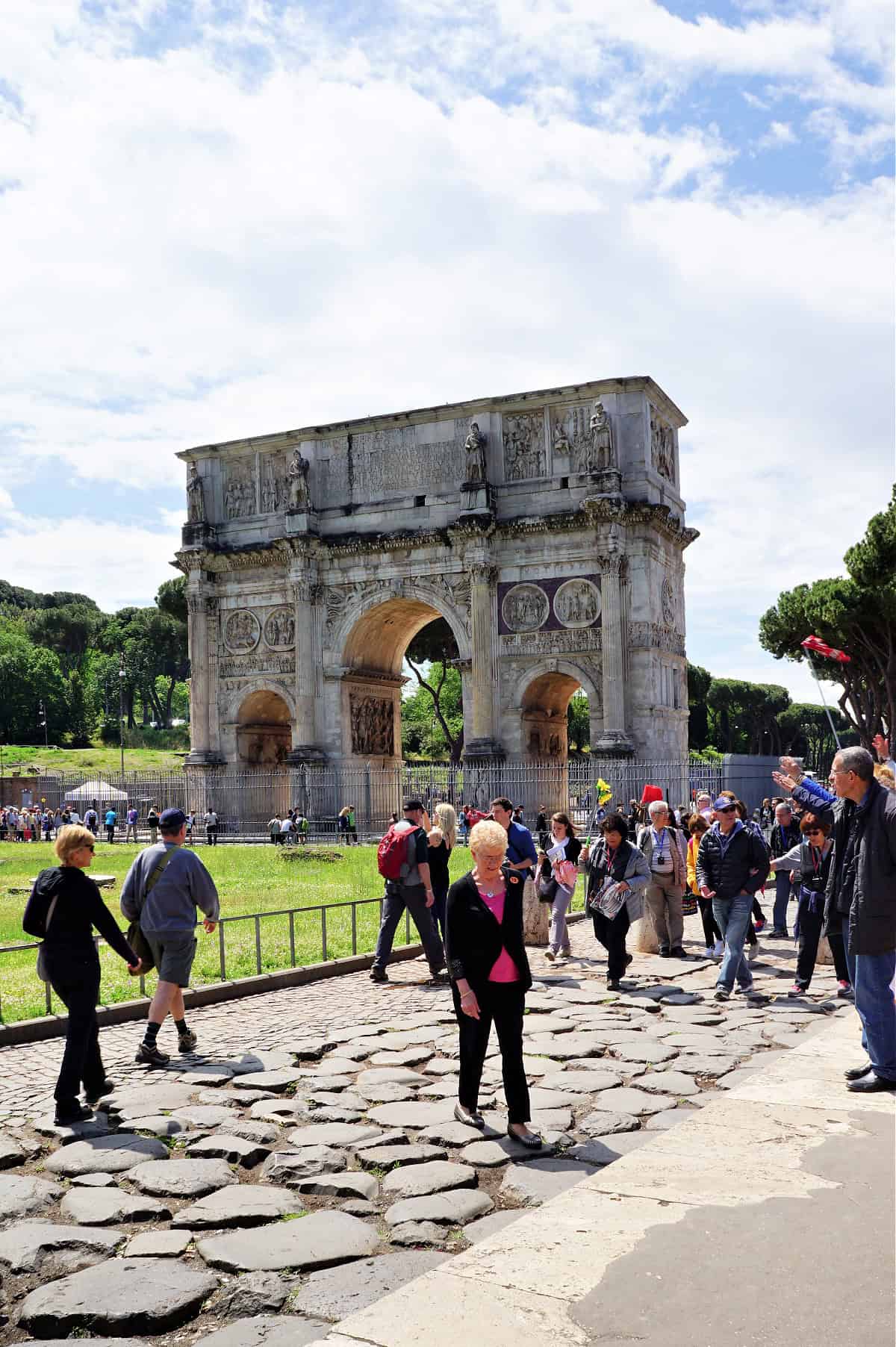
Must-See attractions in Rome
1. The Colosseum
The Colosseum is undoubtedly one of Rome's most iconic landmarks. This ancient amphitheater, which once hosted gladiatorial contests and public spectacles, is a testament to Roman engineering and architectural prowess.
A visit to the Colosseum offers a glimpse into the grandeur of ancient Rome. To make the most of your visit, consider booking a guided tour that includes skip-the-line access, allowing you to explore the site without the long wait.
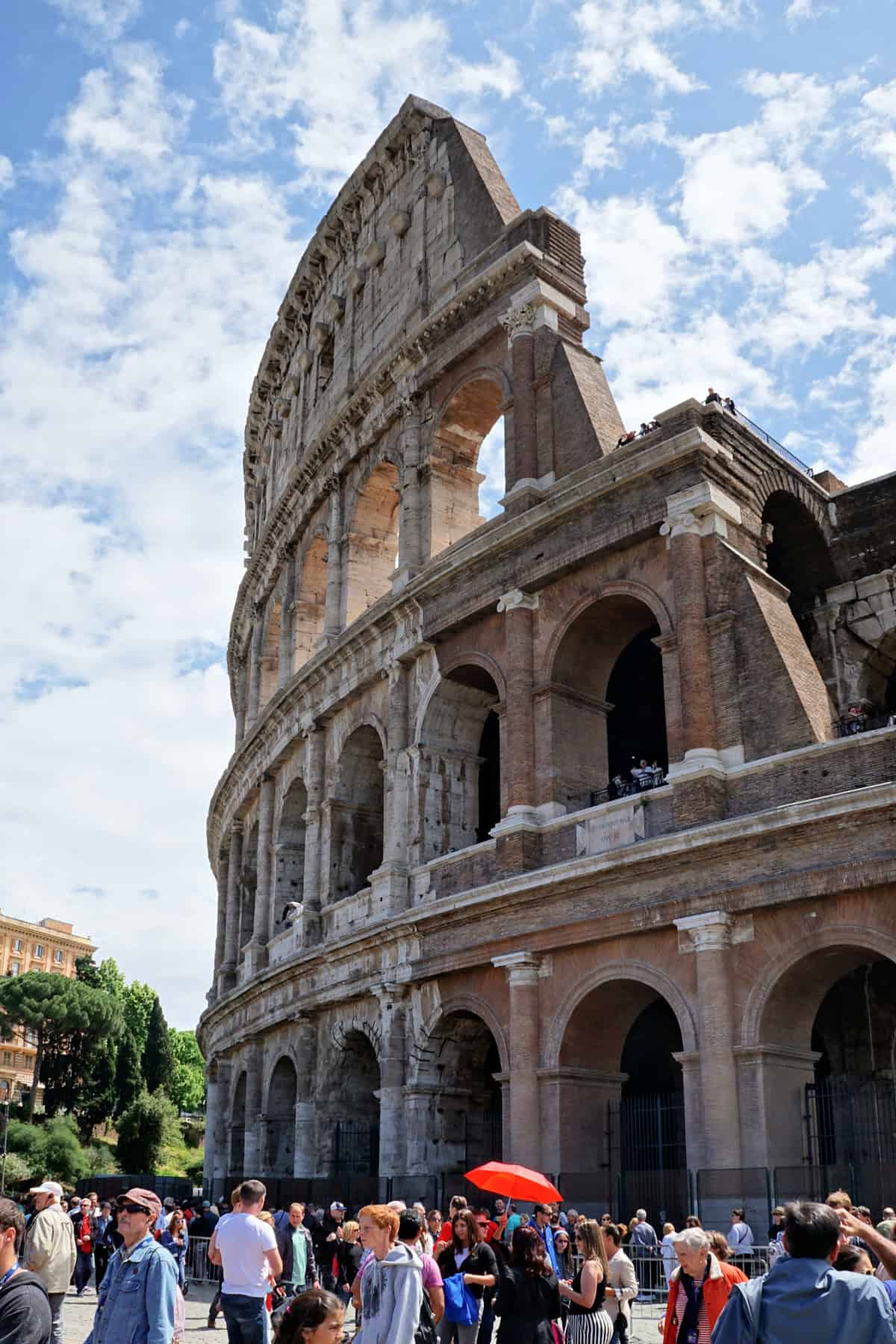
2. The Vatican Museums and St. Peter's Basilica
The Vatican City, the spiritual and administrative center of the Roman Catholic Church, is home to the Vatican Museums and St. Peter's Basilica. The Vatican Museums house an extensive collection of art and historical artifacts, including the world-famous Sistine Chapel ceiling painted by Michelangelo. St. Peter's Basilica, with its awe-inspiring dome and opulent interior, is a masterpiece of Renaissance architecture. To avoid the crowds, book a guided tour that includes early access to the Vatican Museums.
3. The Roman Forum and Palatine Hill
The Roman Forum was the center of ancient Roman public life, featuring temples, basilicas, and public spaces. Adjacent to the Forum is Palatine Hill, the legendary birthplace of Rome and the site of ancient palaces. A visit to these archaeological sites provides a deep understanding of Rome's history and development.
Guided tours like those offered on https://www.romecabs.com/ often combine visits to the Colosseum, Roman Forum, and Palatine Hill, offering a comprehensive overview of ancient Rome.
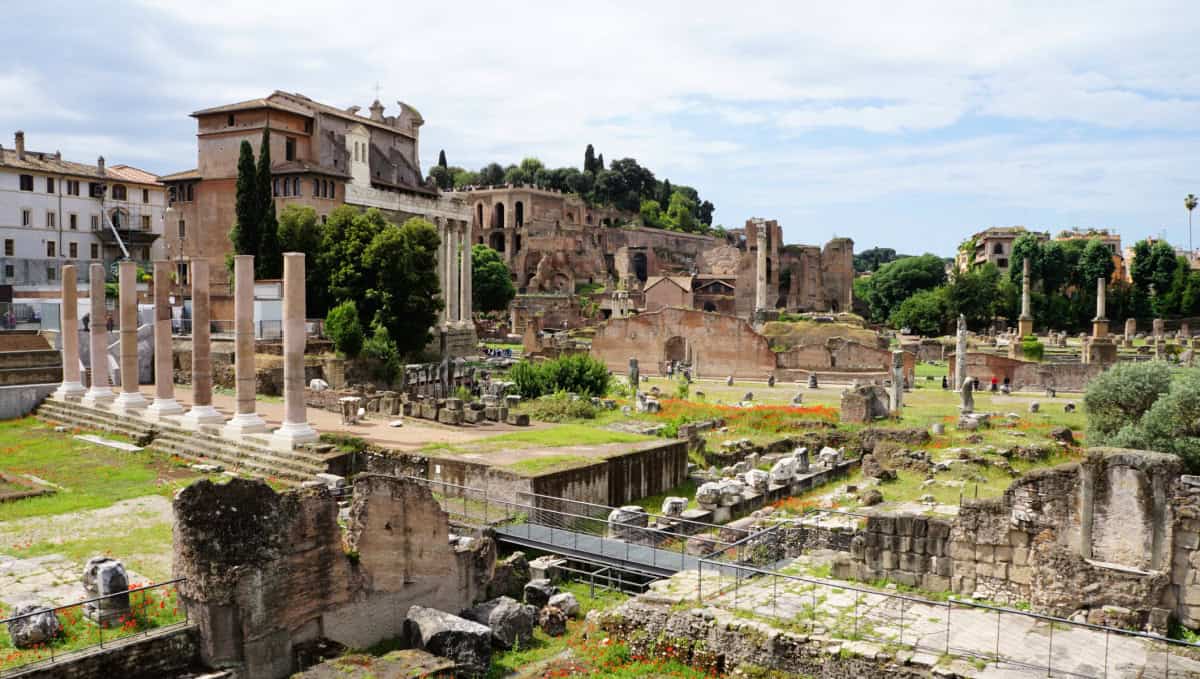
4. The Pantheon
The Pantheon, originally built as a temple to all Roman gods, is one of the best-preserved ancient Roman buildings. Its impressive dome, with a central oculus that lets in natural light, is an architectural marvel.
The Pantheon is now a church and a burial place for several Italian kings and notable figures like the painter Raphael. Entry to the Pantheon is free, but guided tours are available for those who wish to learn more about its history and significance.
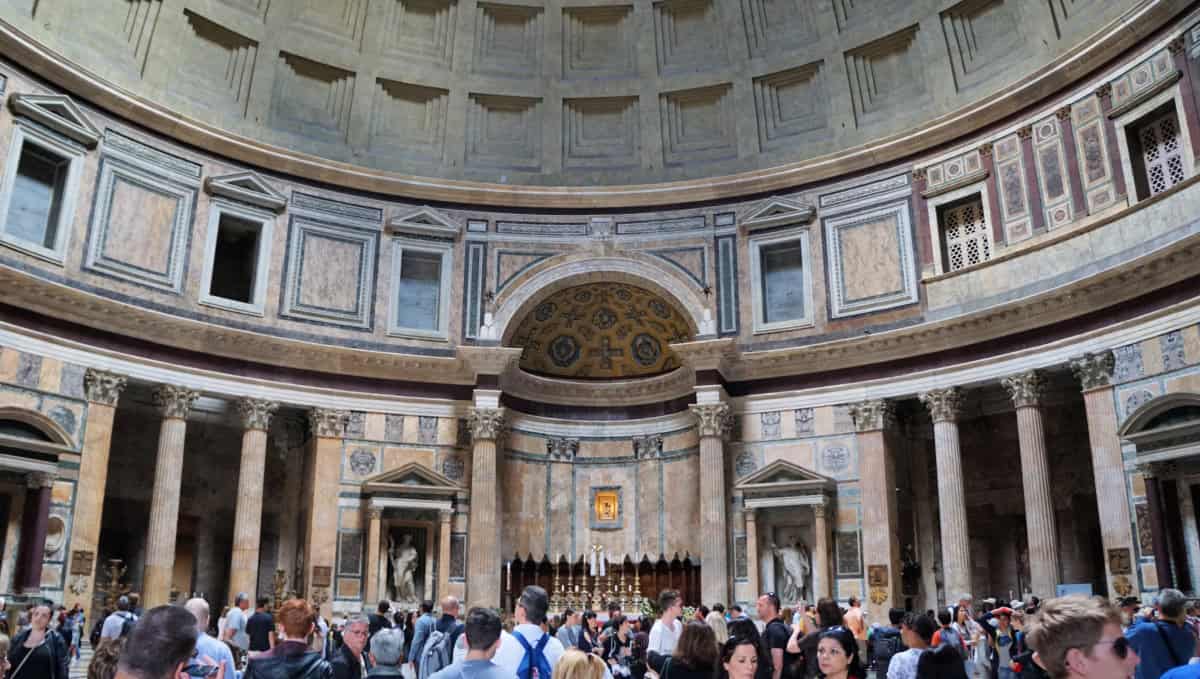
5. The Trevi Fountain
The Trevi Fountain is one of Rome's most famous Baroque landmarks. Legend has it that if you throw a coin into the fountain with your right hand over your left shoulder, you will return to Rome one day. The fountain's intricate sculptures and cascading waters make it a popular spot for tourists. Visiting early in the morning or late at night can help you avoid the crowds.

6. The Spanish Steps
The Spanish Steps, a grand staircase of 135 steps, connect the Piazza di Spagna at the base to the Trinità dei Monti church at the top. The steps are a favorite gathering place for both tourists and locals. At the base of the steps, you'll find the Fontana della Barcaccia, a Baroque fountain designed by Gian Lorenzo Bernini. The nearby streets are lined with high-end shops and cafes, perfect for a leisurely stroll.
7. Piazza Navona
Piazza Navona is one of Rome's most beautiful and lively squares, featuring stunning Baroque architecture and three magnificent fountains. The most famous of these is the Fountain of the Four Rivers by Bernini. The square is surrounded by restaurants, cafes, and street artists, making it a perfect spot to relax and soak in the vibrant atmosphere.
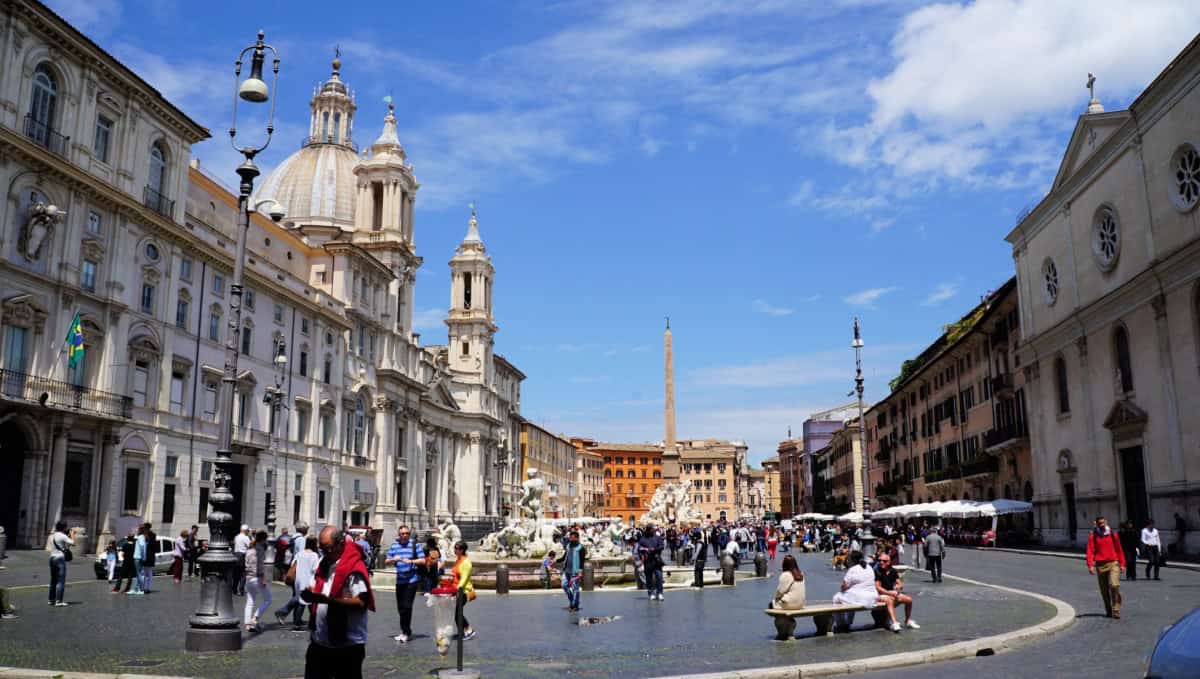
8. The Borghese Gallery and Gardens
The Borghese Gallery is home to a remarkable collection of art, including works by Caravaggio, Bernini, and Titian. The gallery is set within the Villa Borghese Gardens, a vast and beautifully landscaped park that offers a peaceful retreat from the bustling city. Tickets to the Borghese Gallery must be booked in advance due to limited entry slots.
9. Trastevere
Trastevere, a charming neighborhood on the west bank of the Tiber River, is known for its narrow cobblestone streets, colorful buildings, and lively nightlife. The area is home to numerous restaurants, bars, and cafes, making it a great place to experience authentic Roman cuisine and culture. Key attractions in Trastevere include the Basilica of Santa Maria and the Orto Botanico, a beautiful botanical garden.
10. The Catacombs
The Catacombs of Rome are ancient underground burial sites that date back to the early Christian era. These labyrinthine tunnels contain the remains of thousands of people, including martyrs and saints. Several catacombs are open to the public, with guided tours available to provide historical context and insights into early Christian practices.
Practical tips for visiting Rome
Booking personalized tours
To make the most of your visit to Rome, consider booking guided tours through reliable providers like RomeCabs. Their tours offer expert guides, comfortable transportation, and skip-the-line access to popular attractions. Whether you're interested in a comprehensive city tour or a specialized excursion, RomeCabs has a variety of options to suit your preferences. Visit their website to explore available tours and make reservations.
Best time to visit
The best time to visit Rome is during the shoulder seasons of spring (April to June) and fall (September to October). During these months, the weather is pleasant, and the city is less crowded than in the peak summer season. If you prefer fewer tourists and cooler temperatures, consider visiting in the winter, though some attractions may have shorter opening hours.
Getting around
Rome's public transportation system includes buses, trams, and the metro, making it easy to navigate the city. The metro is the fastest way to travel longer distances, while buses and trams are ideal for shorter trips. Consider purchasing a Roma Pass, which offers unlimited public transportation for a set period and free or discounted entry to many attractions. Private tours with RomeCabs are also available, to avoid traffic hours and to enjoy every bit of your journey without stress.
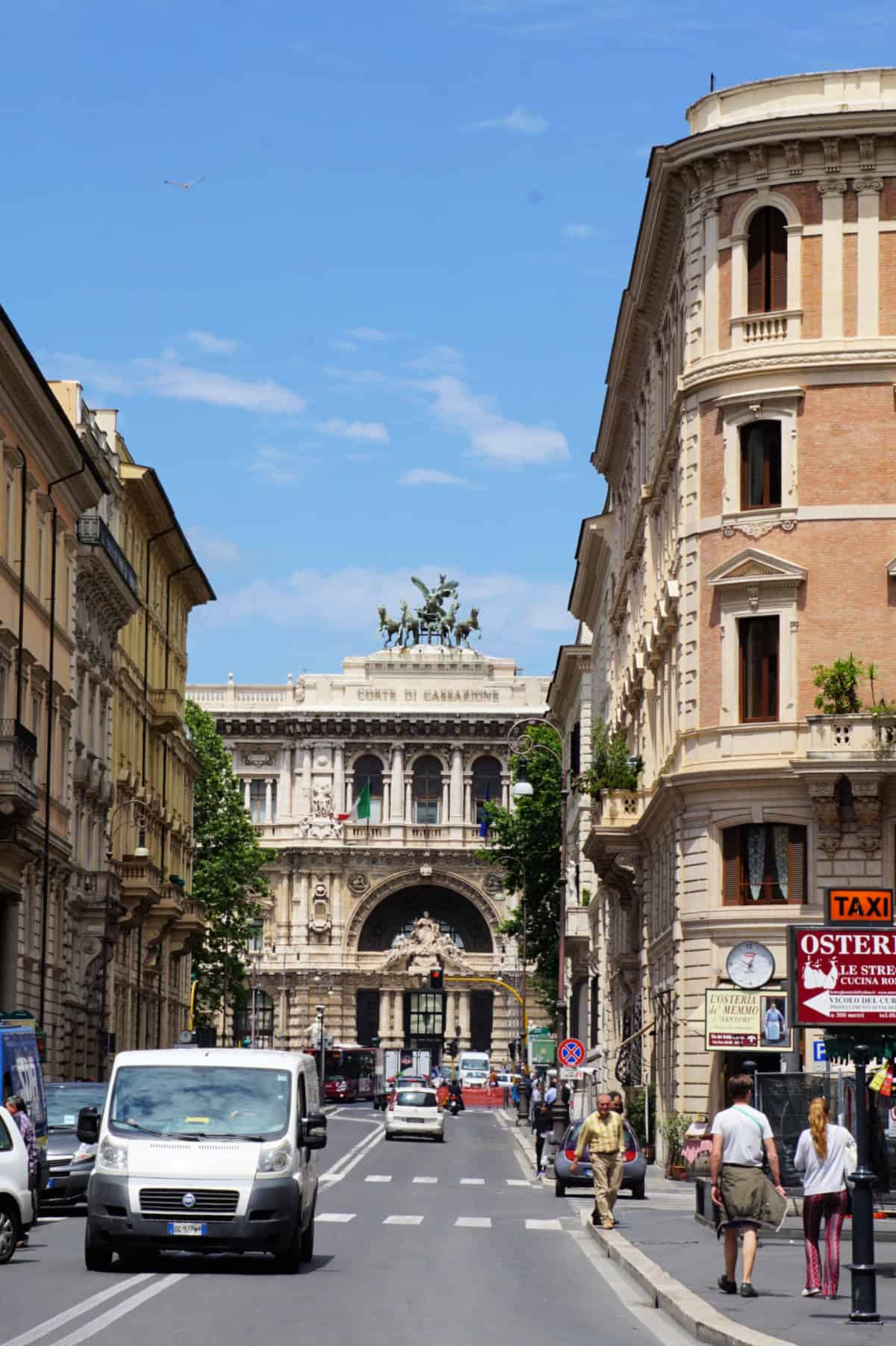
Accommodations
Rome offers a wide range of accommodations, from luxury hotels to budget-friendly hostels. When choosing a place to stay, consider factors such as proximity to major attractions, public transportation access, and neighborhood ambiance. Popular areas for tourists include the historic center, Trastevere, and the area around Termini Station. Booking well in advance can help you secure the best rates and availability.
Dining tips
Italian cuisine is renowned worldwide, and Rome is no exception. From traditional trattorias to upscale restaurants, the city offers a diverse culinary scene. To enjoy authentic Roman dishes like carbonara, cacio e pepe, and supplì, seek out local eateries and avoid touristy spots near major attractions. Dining later in the evening, as the locals do, can enhance your experience. Don't forget to indulge in gelato from one of Rome's many excellent gelaterias.
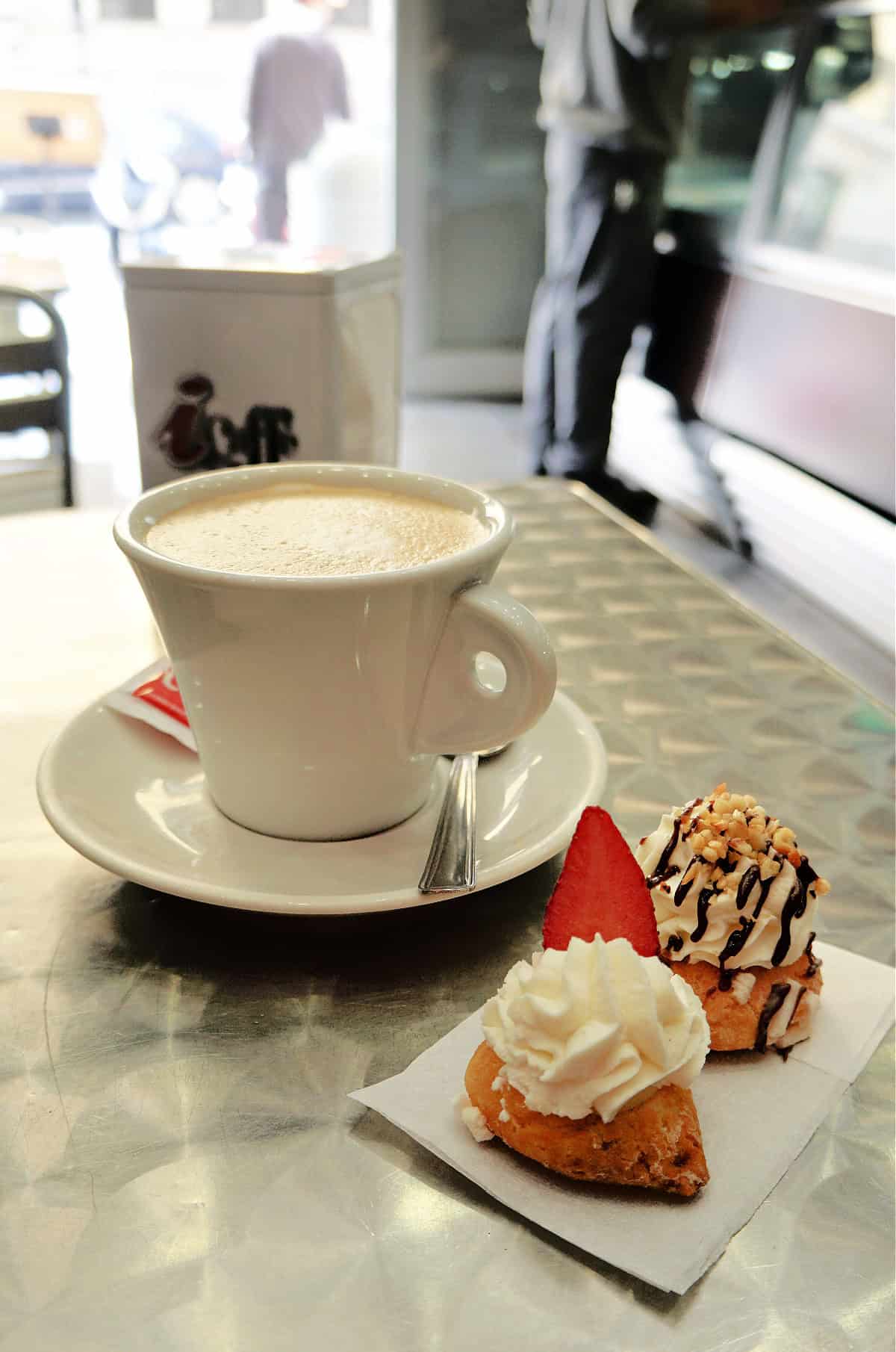
Staying safe
Rome is generally a safe city, but like any major tourist destination, it's important to stay vigilant. Be aware of your surroundings, especially in crowded areas, and keep an eye on your belongings to avoid pickpocketing. Use only licensed taxis or rideshare services, and be cautious when accepting help from strangers. It's also advisable to carry a copy of your passport and important documents, leaving the originals in your hotel safe.
Language and etiquette
While many Romans speak English, learning a few basic Italian phrases can enhance your experience and show respect for the local culture. Simple greetings like "buongiorno" (good morning) and "grazie" (thank you) can go a long way. Italians appreciate politeness and good manners, so be sure to greet shopkeepers and restaurant staff upon entering and leaving. Tipping is not obligatory, but rounding up the bill or leaving a small amount for excellent service is customary.
Currency and payments
Italy uses the Euro (€) as its currency. Credit and debit cards are widely accepted in Rome, but it's a good idea to carry some cash for smaller purchases, especially in markets and smaller establishments. ATMs are readily available throughout the city. When paying by card, you may be asked if you want to be charged in your home currency or in Euros; it's usually better to choose Euros to avoid unfavorable exchange rates.
Rome is a city that captivates and enchants with its rich history, stunning architecture, and vibrant culture. Organizing a trip to Rome involves careful planning to ensure you make the most of your time in this remarkable city. From booking tours with reputable providers like RomeCabs to choosing the best time to visit, this guide offers all the information you need to create an unforgettable Roman adventure. Whether you're exploring ancient ruins, admiring Renaissance art, or savoring delicious Italian cuisine, Rome promises an experience that will leave you longing to return.


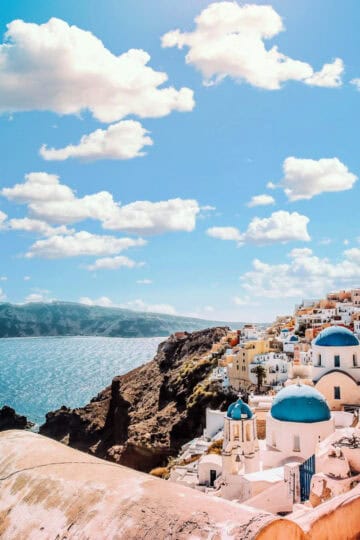

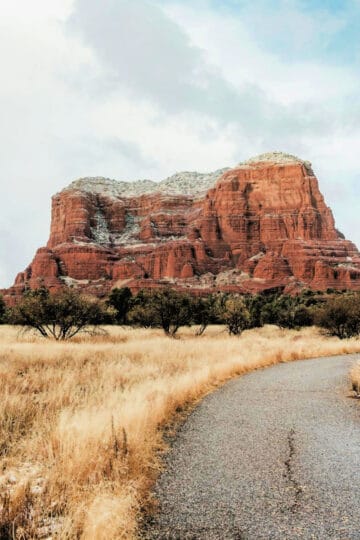
Leave a Reply